
From the Chapter
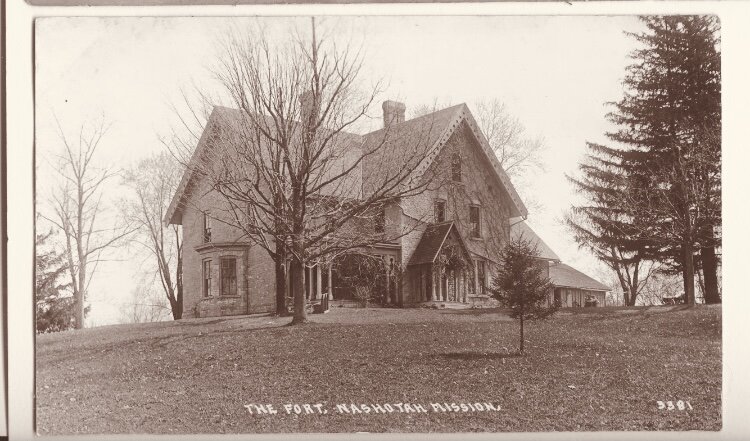
Nashotah Sketch: Living at the Fort
By The Rev. Lawrence N. Crumb, ‘61
Webb Hall, better known as “The Fort,” was built in 1865, with additions in 1926 and 1950. An impressive stone structure in the Gothic Revival style, it stands on a hill just inside what was the secondary entrance to Nashotah House (now the exit) and across the road from the cemetery where bishops, former faculty members, and alumni are buried. It was built as the president’s house; its first occupant was Azel Dow Cole who had succeeded James Lloyd Breck in 1850 and remained in office until his death in 1885. According to local tradition, his wife was of a combative temperament, and the building was referred to as “Fort Betsy,” later shortened to “The Fort.”

The Rev. John-Julian Swanson OJN, Class of 1957
Of your charity, we ask you to pray for the repose of the soul of our brother and Son of this House, the Rev. John-Julian Swanson OJN, Class of 1957.
We received word of his death on July 15, 2021. Nashotah House was the place where he worshiped for almost 15 years.
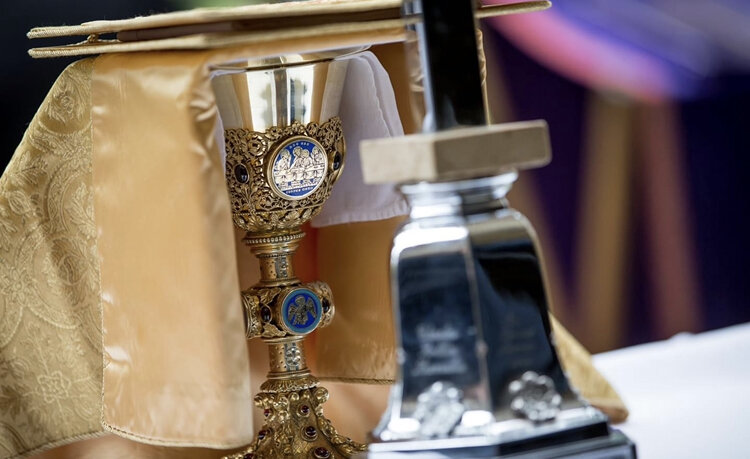
Adopted in Baptism
By The Rev. Clint Wilson, ‘12
I am now at the stage in life where I have become familiar with the plot lines of many children’s stories, including The Giving Tree, The Monster at the End of This Book, The Berenstain Bears series, Good Night Moon, and, of course, Slaughterhouse Five (just kidding… Kurt Vonnegut will have to wait).
Two children’s books in particular have grabbed my attention. They put forth different but complementary visions of what it means to be a family.
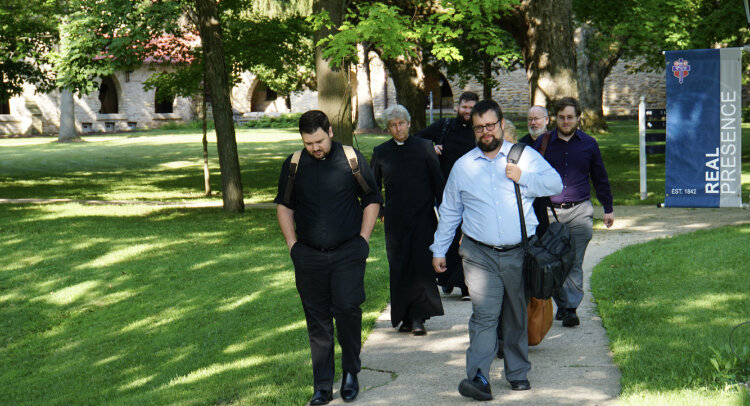
The Value of Mentorship: Curacy Express
Imagine your graduation — a stirring rendition of Canon Joseph Kucharski’s “Seminary Hymn,” a lector announces “Descendit alumni,” and suddenly the reality sinks in. Three years of preparation, term papers famous for the “Holtzen hermeneutic of Turabian criticism,” and a real-world call awaits. Scary indeed since residential “curacies” or hands-on apprenticeships are now mostly a thing of the past. Or are they? So much has evolved from bricks and mortar to virtual. And the church, which has endured COVID-19 and survived, is finding its presence — stronger than ever and now, curiously, with more offerings online.

Nashotah House Welcomes Lt. Col. Kelly O’Lear
Nashotah House is pleased to welcome Lt. Col. Kelly O’Lear to Nashotah House as our new Director of Formation and Leadership Development. Father O’Lear will be drawing upon his own chaplaincy and leadership development experience to support the spiritual formation, vocational development, and well-being of members of the student body and their families, with a particular emphasis on the vocational formation as leaders of members of the student body.
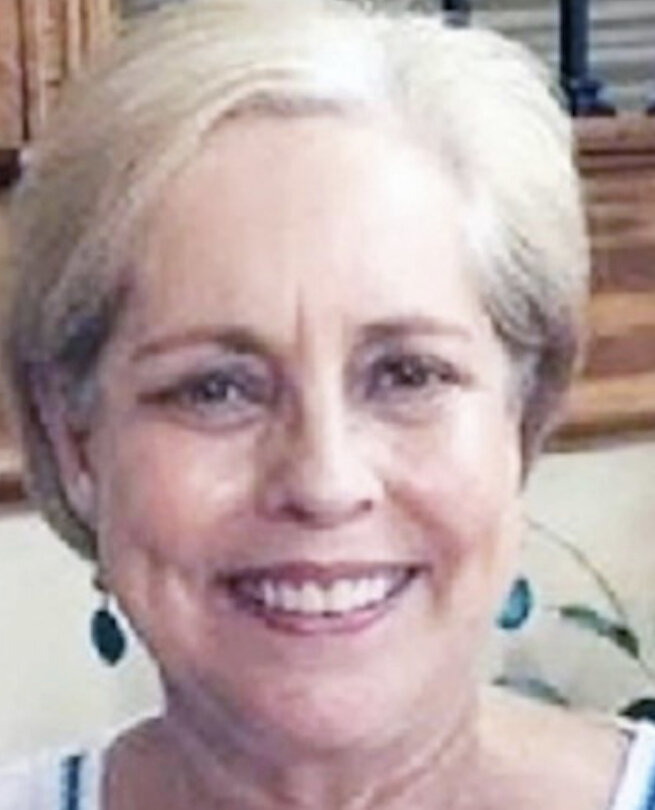
Diane Hanson Stanton, 1948-2021
It is with a heavy heart that we share with you that Kellermann Foundation Executive Director, Diane Stanton, departed this life on June 2, 2021, with her family by her side. Diane was diagnosed in March with what seemed to be a treatable form of lung cancer. After significant attempts with two protocols of treatments that did not produce results, Diane elected to transition to a beautiful hospice center where she could be made comfortable and spend quality time with her family. The following is the obituary for Diane Hanson Stanton, published by the Dallas Morning News, on July 6, 2021.

Big Bushy Eyebrows
By Labin Duke, Executive Vice President for Institutional Advancement at Nashotah House
The next time you are faced with the perils and the dangers of the spiritual wilderness of this world, when you are beset by doubts and by fears, when you are at your rope's end, and you start to hear the serpent's whisper in your ear, "No help will come,” remember the big bushy eyebrows of Michael Ramsey. Remember his somewhat odd, quizzical expression, and remember what is written on the book he is holding: "The Glory of God is the living man." And know that your Savior lives, and He has saved you.
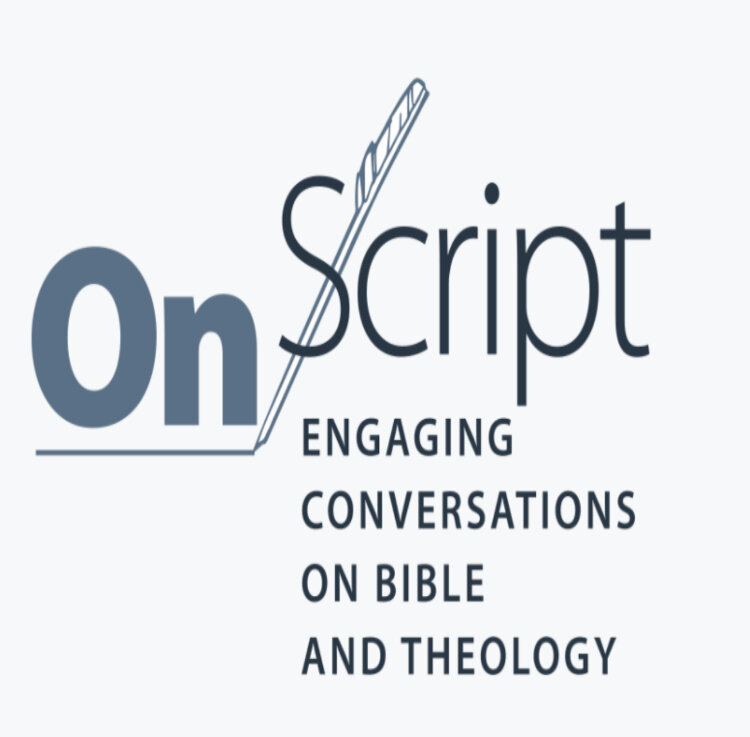
OnScript Podcast Recording at Nashotah House
Nashotah House and OnScript podcast invite you to a live podcast event on July 27, with Dr. Dru Johnson (The King’s College, NYC). Dr. Johnson and Dr. Matt Lynch will be discussing Johnson’s newest book Biblical Philosophy: A Hebraic Approach to the Old and New Testaments (Cambridge, 2021). Enjoy discussion, food, and drinks together! Kindly click the link to RSVP for this FREE event.
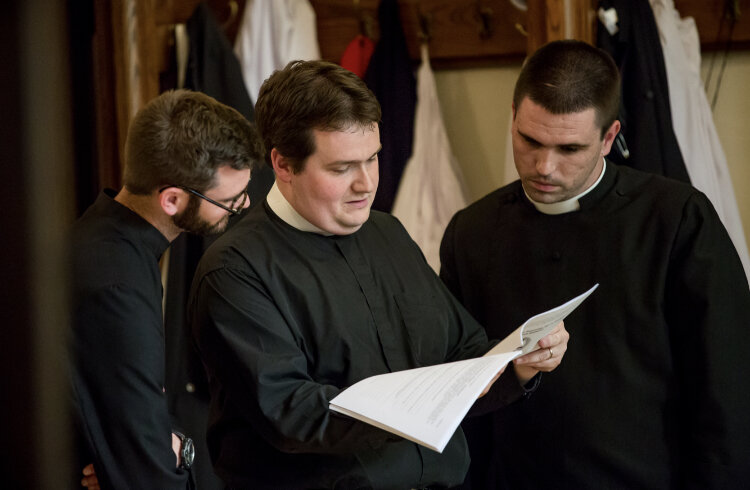
The Privilege of a Shared Legacy
We couldn’t have prayed for a more beautiful morning as we gathered on the Garth to celebrate our 2020 and 2021 graduates at Nashotah House’s 175th Commencement exercises. The day was exceptionally heartwarming, after a year of COVID precautions and restrictions, as we resumed the annual tradition of hosting graduates and their families and welcoming back many cherished alumni and friends for Commencement festivities and a luncheon under the big white tent.

A Reflection on God and Marriage
By Tyler Been, Seminarian at Nashotah House
Marriage is a double-edged sword; on the one hand, marriage ought to provide a relationship of mutual support, love, and respect. On the other hand, the marriage relationship serves as a mirror through which to see oneself clearly. Marriage cuts deep. Mutual support, love, and respect don’t always come naturally and require hard work and discipline. Moreover, as far as seeing oneself clearly, there are few things more painful. In other words, the joys and pains of marriage are two sides of the same coin made possible by a solemn vow. This vow unites two people in such a way that they can no longer be themselves without the other. It should not come as a surprise that after divorce, or the death of a spouse, one no longer feels like themselves. How could they?
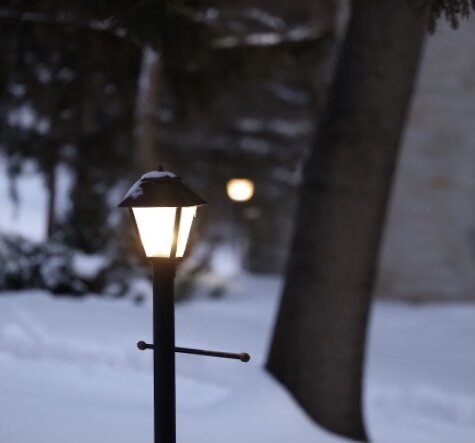
Follow the Narnia Lights
By Allegra Fisher
Until a few months ago, I had never heard of Nashotah House.
A few years following graduation from seminary in Texas, I moved to New York City, where I work as a pianist, teaching private lessons and accompanying for an arts school in Harlem. I began attending Emmanuel Anglican Church and immediately felt at home and started researching why. As I learned about the tradition and started serving in various capacities, I began to think I had been Anglican long before I knew the name. I devoured books on church history and theology and learned to love the Book of Common Prayer, but my appetite was insatiable.
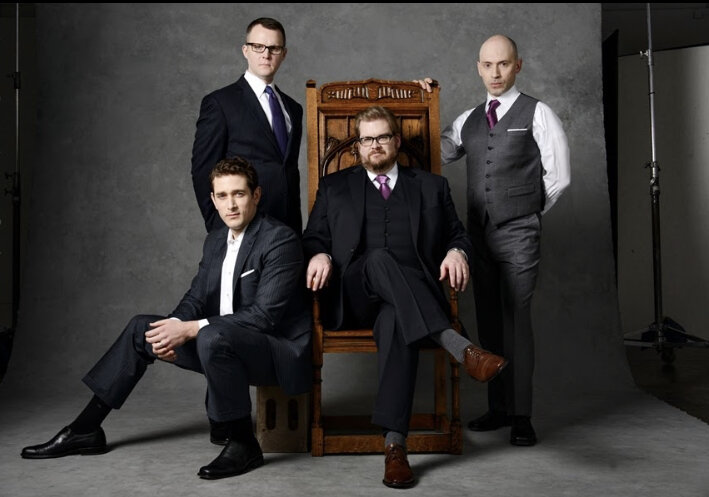
On-Campus this Week: New York Polyphony
The GRAMMY-nominated male classical vocal quartet, New York Polyphony, will be on campus this week, June 25th through the 29th for a retreat and to make some recordings.
Keep your eyes peeled for possible pop-up performances from this world-renowned ensemble.

The Parables of Jesus
By Dr. Garwood Anderson, President & Provost, Professor of New Testament
If I remember correctly, my interest in studying the parables goes back to a visit to a used bookstore in 1987. Barely a master’s student in seminary, and intent on building my theological library, I came across a book, Rediscovering the Parables, by Joachim Jeremias. I had heard that he was an important New Testament scholar and that he had written an important book on the parables. Novice that I was, I didn’t even know how to pronounce his German name, but I thought this might be a good place to start. In truth, being new to the methods and assumptions of biblical criticism, I found the book a bit scandalous, but it sent me down other paths under the mentorship of my New Testament professor at the time. Soon that little book was surrounded by dozens of others, and the parables of Jesus became something of a scholarly hobby for me – one that would eventually bear fruit in a PhD dissertation and a few professional publications after that.

Teaching Social Justice in a Tradition: Where You Sit Matters
By Elisabeth Rain Kincaid, Ph.D.
As a junior faculty member, I quickly learned a Nashotah House tradition: your choir stall is not yours to determine. The seats are assigned based on seniority, and priority is zealously guarded. Where you sit matters. This tradition of established place carries its own ethical challenges and requires its own ethical interrogation. What assumptions regarding hierarchy and privilege in our tradition and amongst our student body and faculty does it underwrite?

The Rev. Arthur E. Woolley, 1931-2021
An outspoken Episcopal priest and community activist, the Rev. Arthur E. Woolley, Jr. died in Lake Ridge, Virginia, of natural causes. He was 89. Ordained in 1957, Fr. Woolley’s ministry in urban work and community involvement reflected an Anglo-Catholic reverence of the Anglican tradition. He was rector of two predominantly African-American parishes in New York City and Philadelphia. Fr. Woolley was also committed to making regular visits to the sick, elderly, and dying.
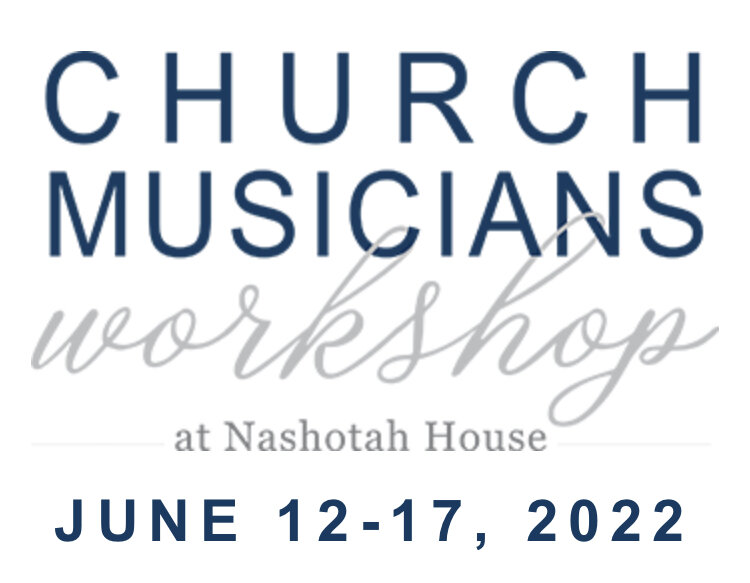
Church Musicians Workshop 2022
Dr. Geoffrey Williams interviews GRAMMY-winning composer, organist, and chant specialist Andrew Smith, who will be the 2022 Church Musicians Workshop (CMW) Composer-in-Residence at Nashotah House. In this discussion, Smith shares a bit about what to expect next summer, as well as work he is currently composing, including a new set of Canticles and an anthem on a text of St. Francis of Assisi "O sublime humility!" to be premiered by workshop participants. Workshop participants will receive copies of the music as part of their tuition including multiple copies of the commissioned works to be used by their home choirs and parishes. The CMW will be June 12-17, 2022, at Nashotah House. For schedule and registration, please click the image above.

The Little Prince and the Sign of Jonah
By Micah Hogan, Seminarian at Nashotah House
The Little Prince by Antoine de Saint-Exupéry begins with miscommunication. In the first pages, we find the narrator’s tale of his frustrated inability to communicate his fear of the boa constrictor to adults. Though the narrator’s drawn boa swallows an elephant whole, adults are not impressed. The narrator then makes visible what was hidden, the inside of the boa, in hopes of disseminating his fear. Yet even this new visibility fails in communication; the adults suggest the narrator engage himself in more productive enterprises. In short, the narrator ultimately cannot teach because the adults do not want to listen.

School Days with a Difference
By Susan Erikson, Ph.D.
The power of the Daily Office to structure and inform one’s spiritual life has perhaps never impressed itself on me quite so strongly as it did during this first residential week at Nashotah House.
Furthermore, I was reintroduced into a scholarly community. In the immediate term, this re-introduction also had to do with the pandemic. But for me, a senior student in the chronological sense, it was a harkening back to the kind of intellectual excitement I experienced as a graduate student many, many years ago. Fr. Buchan’s class in early Church History was a marathon for us but also for him. He alluded to the fact that he is a runner and cyclist, and I can only imagine that these endurance sports — along with a quick wit and an eloquent enthusiasm for his subject — helped equip him for an amazing five-day march through the church’s first five hundred years.
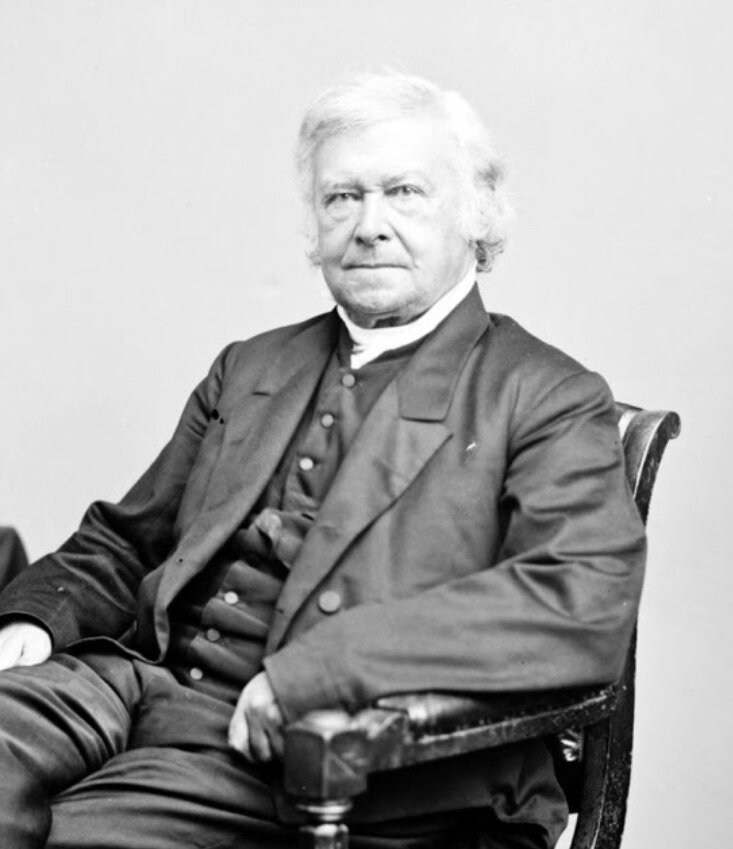
The Duty of the Church: Jackson Kemper, 1841
From Project Canterbury — The Duty of the Church with Respect to Missions:
Being the Triennial Sermon, before the Bishops, Clergy and Laity, Constituting the Board of Missions of the Protestant Episcopal Church in the United States of America Preached in St. Paul's Chapel, New-York, Thursday Evening, October 7, 1841.
By Jackson Kemper, D.D., Missionary Bishop for Missouri, Wisconsin and Iowa, and Bishop in Charge of the Diocese of Indiana.

Conversations with the Rookie & Veteran
In the following interview, the Rev. Canon Wilson Roane and his daughter the Rev. Deacon Julia Roane Hendrix speak about their respective calls to serve God, their ministries, families, and time spent in formation at Nashotah House. We kicked off the interview with a question to get them started, but father and daughter ran with it from there.
